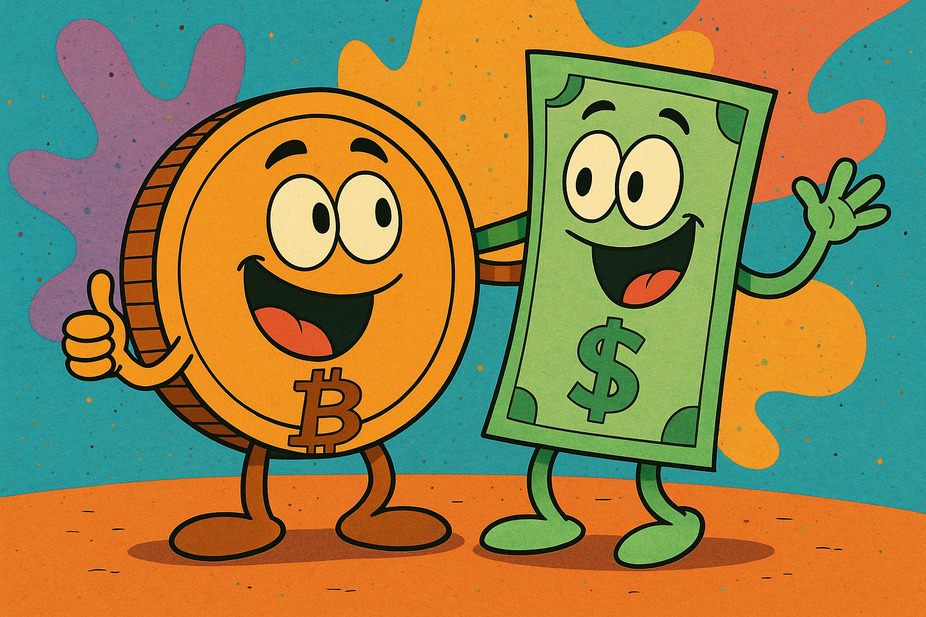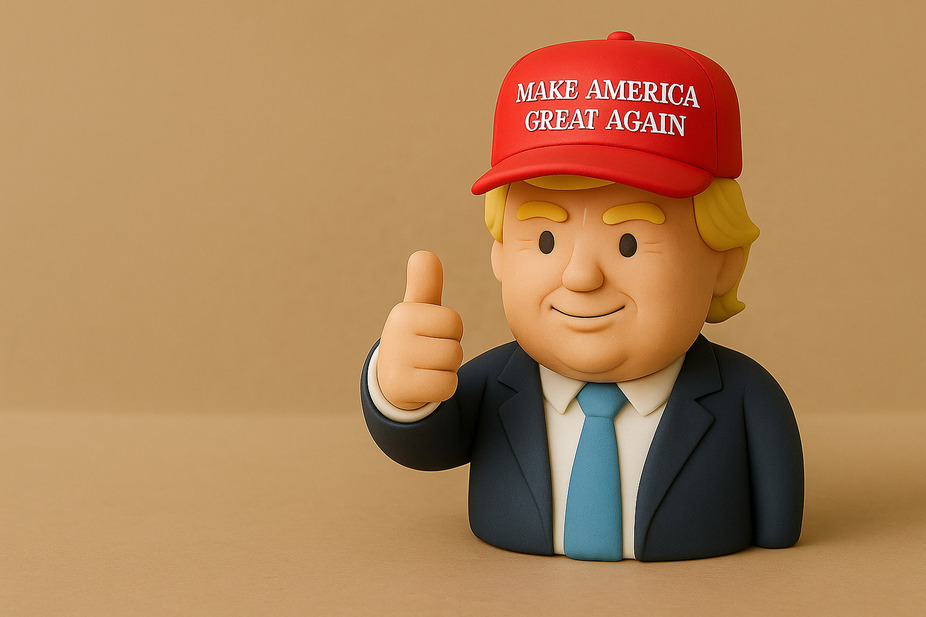Eric Trump: stablecoins are the dollar’s new best friend

Who knew stablecoins would be in the news as a possible saviour for the dollar? Eric Trump, the son of the current president, says that digital assets are important for the US dollar to remain strong. He’s particularly enthusiastic about USD1, a stablecoin (a type of digital currency that’s linked to a specific asset, like a gold reserve) created by the DeFi (Decentralised Finance) project World Liberty Financial, a company with close ties to the Trump family.
This isn’t just a family affair, though. The idea that stablecoins could strengthen the dollar is becoming more popular among important people. In February, Christopher Waller of the Federal Reserve Board suggested that stablecoins that are properly regulated could make the dollar more influential around the world and make it the most important reserve currency. Bryan Pellegrino, the CEO of LayerZero Labs, said the same thing in April. He thinks stablecoins are the US government’s most powerful tool for keeping the dollar’s leading role in global finance.
Some are even predicting a meteoric rise for specific stablecoins. Kyle Kemmer, co-founder of Blockstreet, has a particularly eye-opening forecast: he believes that by the end of Donald Trump’s second term in 2028, USD1 could outstrip both USDT and USDC to become the market’s leading stablecoin by market capitalization.
Obviously, people don’t all think the same about how big this market will be in future. Analysts at Citigroup recently increased their predictions for the stablecoin market. They think it will reach $1.9 trillion by 2030 in a normal situation, and possibly even $4 trillion if things go really well. JPMorgan, however, is being more cautious, with their experts estimating a more conservative $500 billion market value by 2028.
Citigroup also said that more and more companies are using tokenised assets, which could mean that they will do more transactions than stablecoins by 2030. It seems the digital asset landscape is changing quickly in many different ways!
UK takes a leap with tokenized deposits
The UK is also embracing the future of finance with a new industry pilot. The UK Finance group has just started a project to allow the country’s first real-world transactions using tokenized deposits. This big project is set to run until mid-2026 and includes some of the biggest names in banking, such as Barclays, HSBC, Lloyds Banking Group, NatWest, Nationwide, and Santander.
What were they trying to do? To explore the power of tokenised deposits and programmable payments in three important areas:
- Person-to-Person Payments on Online Platforms: Imagine buying or selling something online with significantly less fraud and a much higher level of trust. That’s the goal here.
- Mortgage Refinancing: This often complex and time-consuming process could see a major overhaul, promising increased transparency, faster transactions, and a reduced risk of fraud in all that crucial property title paperwork.
- Seamless Digital Asset Settlements: The pilot aims to connect customers’ tokenized money directly with digital assets, paving the way for smooth, instant exchanges.
It’s clear that the UK is not just watching from the sidelines; it’s actively shaping how we’ll interact with our money in the digital age.












